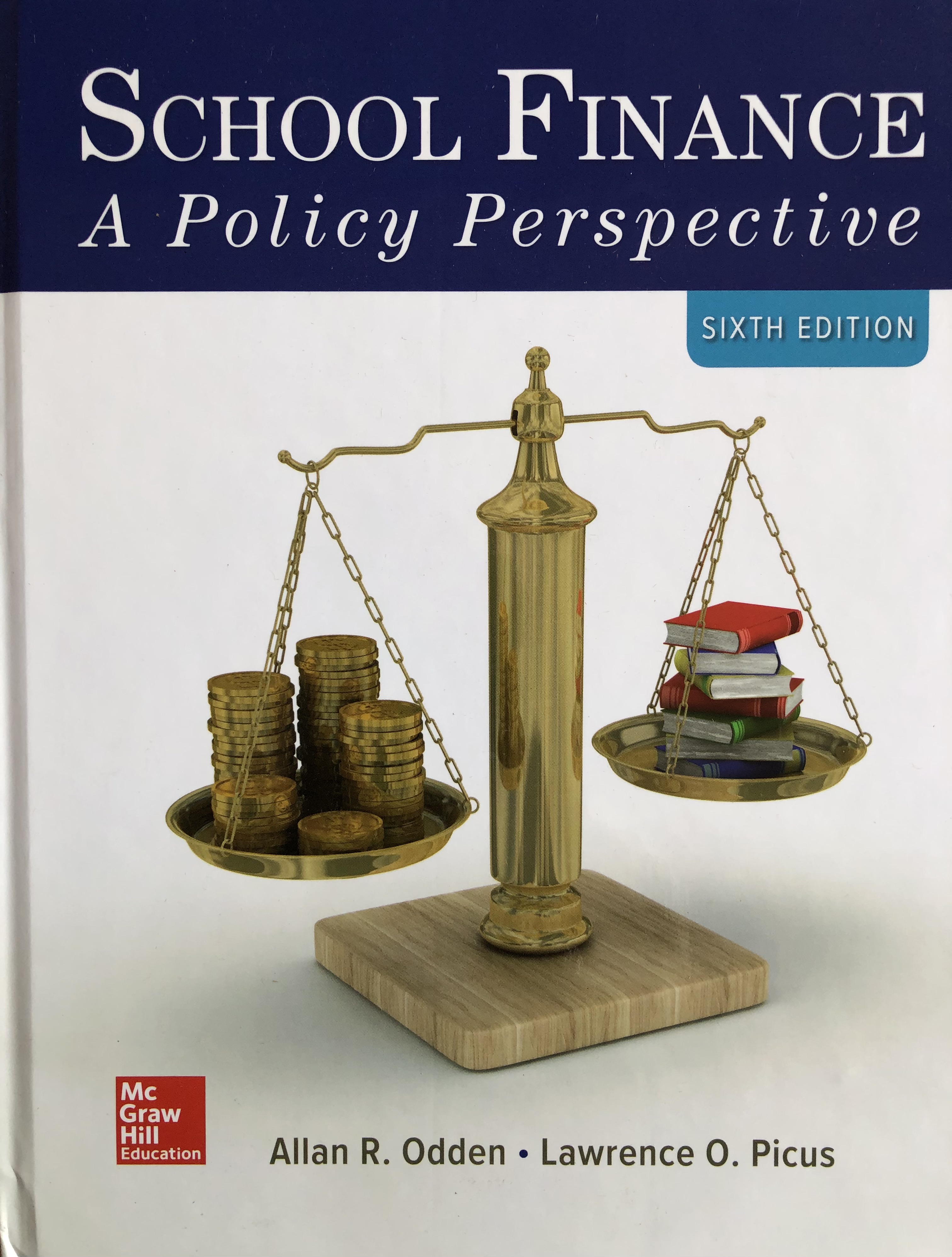Another important element of spending education dollars more effectively entails rethinking teacher (as well as administrator) salary and benefit structures. We have written extensively on this topic, both on how to change the structure of teachers’ salaries as well as their pension benefits. The basic argument for a new teacher salary structure is that neither teacher’s years of experience (after the first few years) nor random education credits or degrees, the factors that trigger salary increases, are related to student learning gains. This way, the current salary structure is related neither to the prime goal of education today – higher levels of student learning – nor to the prime way to attain that goal – more effective instructional expertise.
Thus Chapter 10 in the fifth, but not the sixth edition, of our text, as well as our other books and writings including recommendations to states, argue that states and districts should redesign teacher salary structures to provide major salary increases only when a teacher’s instructional expertise reaches the standards of a higher performance level, to provide other salary bumps only for masters degrees in the area of licensure, to provide additional incentives for teachers in subjects experiencing shortages (such as math and science) and who teach in high need/high poverty schools, for National Board certification, and topped off with bonuses for improved student performance, both on a school wide as well as individual basis.
Recent Blog Posts from Teacher Compensation
or
Return to School Finance Overview

